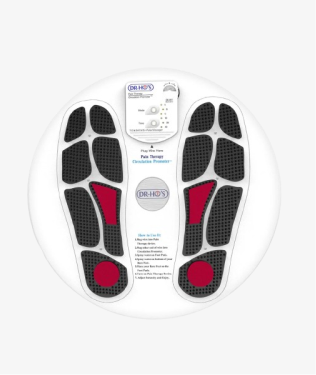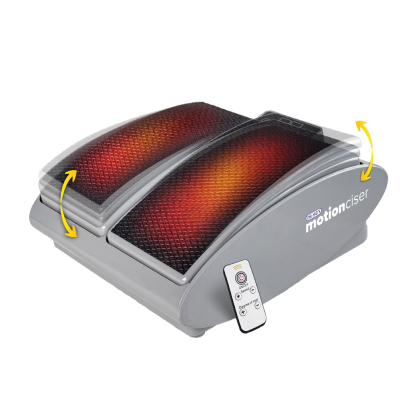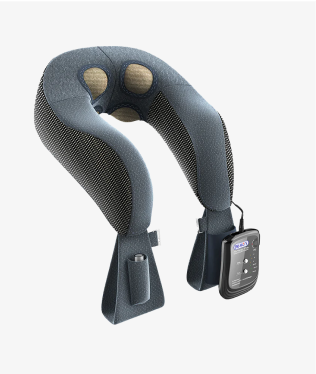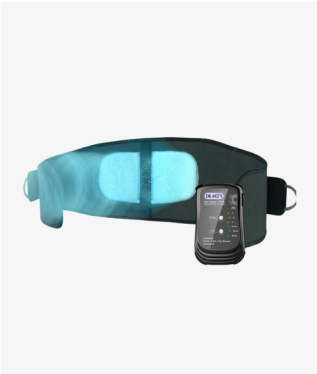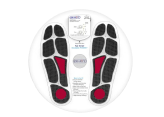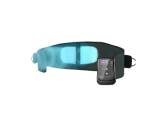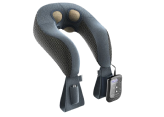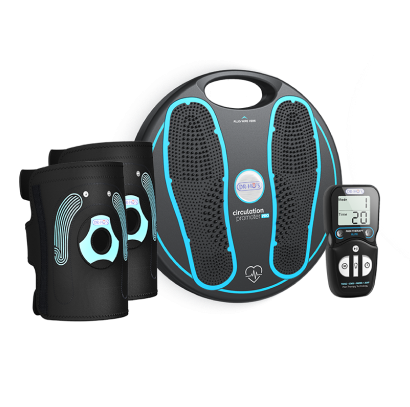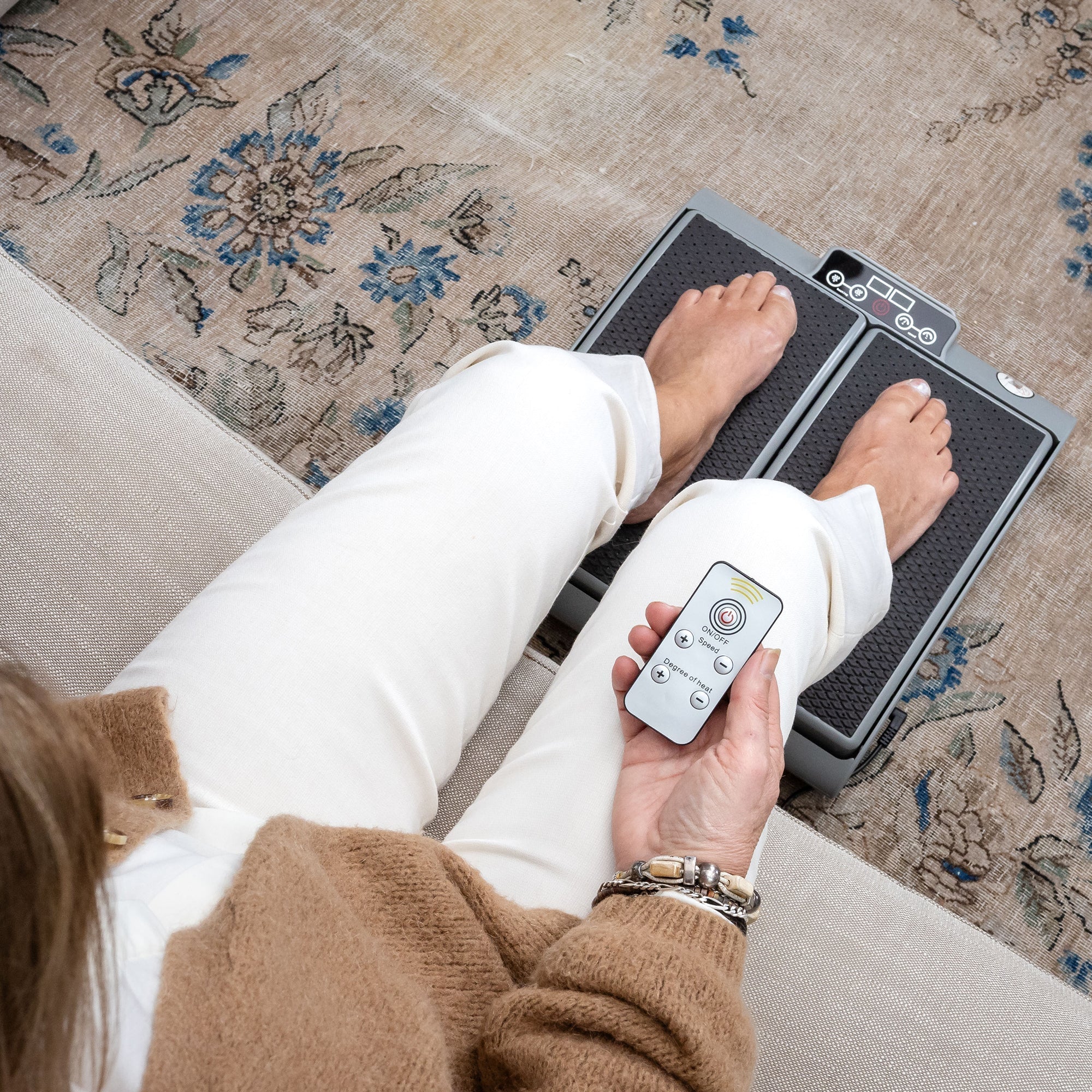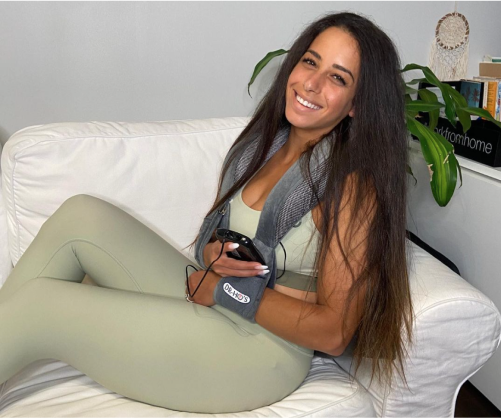It’s that time of year again. You may begin to recognize the grass peeking out from melted remnants of winter. Yes, things are looking a lot brighter, but you may not be feeling your best. Winter can often lead to unwanted weight gain, and with the summer creeping around the corner, we thought we’d share some of the best ways to kick start a healthier lifestyle and promote weight loss.
Why We Gain Winter Weight.
People commonly gain winter weight as a result of the body’s natural entrance into an insulin-resistant state, the livers tendency to increase fat storage, the common decrease in physical activity, and the changing metabolic rate in your body. You can learn more about that in the article Why We Gain Winter Weight. For now, we will dive deeper into a post-winter weight loss solution.
1. First, You Need A Plan.

“A dream written down with a date becomes a goal. A goal broken down into steps becomes a plan. A plan backed by action makes your dreams come true.” – Greg Reid
If you want to see tangible results, you need to start with a tangible plan. This structure will hold you accountable. Rather than avoiding the scale, you will know that your weigh in date is quickly approaching based on your schedule. Find an example of a schedule below.
Print Out A Weight Loss Tracker.
The following is an example of a weight loss chart for tracking progress. You can enter specific dates and your weight progress to track the results of your journey.
| Week | Dates | Start Weight | End Weight | Difference | On Track | Notes |
| 1 | April 29 – May 5 | 200lbs | 198lbs | 2lbs | Y | … |
| 2 | May 6 – May 12 | 198lbs | 196lbs | 2lbs | Y | … |
| 3 | May 13 – May 19 | 196lbs | 193lbs | 3lbs | Y | … |
| 4 | May 20 – May 26 | 193lbs | 190lbs | 3lbs | Y | … |
| 5 | May 27 – June 2 | 190lbs | 189lbs | 1lbs | Y | … |
| 6 | June 3 – June 9 | 189lbs | 187lbs | 2lbs | Y | … |
Choose a Weigh-In Day and Time.
Weight naturally fluctuates, so it’s important that you weigh yourself once a week and not more frequently than that. You can choose the beginning, middle, or end of the week. Make sure you consistency weigh yourself on the same day of the week, at the same time of day. We suggest weighing in, first thing in the morning. Log your progress in the chart above.
2. Set Tangible (But Aspirational) Goals.

Below is an example of a goal setting chart that you can customize to your goals and aspirations:
| Goal | How | On Track? | Notes |
| Work out 4x a week | -Work out in the morning | Only worked out 3x this week | Will try to hit 4x goal next week |
| Eat less than 55g of sugar a day | -Swap all sugary beverages for water | Yes! I only had 45g of sugar | I feel more energized with less sugar crashes |
| Sleep 7-8 hours a night | -Go to bed at 11 pm and wake up at 7 am | Yes! | My mood has improved with more sleep. |
| … | … | … | … |
| … | … | … | |
| … | … | … | … |
Create A Daily Goal Tracker in A Journal.
It’s easy to lose sight of goals in the busyness of everyday life. To remind yourself of your goals, invest in a blank journal and answer a number of questions at the beginning and end of the day. The question should be as follows in the chart below.
| Morning Journal Questions | Evening Journal Questions |
| What is your fitness goal for the day? | Did you reach this goal? How could you improve tomorrow? |
| What is your dietary goal for the day? | Did you reach this goal? How could you improve tomorrow? |
| What is one positive habit you hope to do today? | Name 3 things you did today that helped you toward your healthy lifestyle goals. |
| What is one bad habit you hope to avoid today? | Name 3 things you did today that did not help you toward your goals and that you’d like to work on improving. |
3. Find A Support System.

Programs such as Weight Watchers have been successful because they create a community of like-minded individuals who share a collective goal. You can join a similar program or do the following to foster the best possible conditions for weight loss:
- Join a weight loss group like Weight Watchers
- Recruit two reliable friends to use as support, call them when you need extra help reaching your goals
- Seek out thought leaders in the health and wellness industry that inspire you
- Consume educational content that motivate you to eat healthy, work out, and take care of your body/longevity
4. Abandon the “All Or Nothing” Mindset.
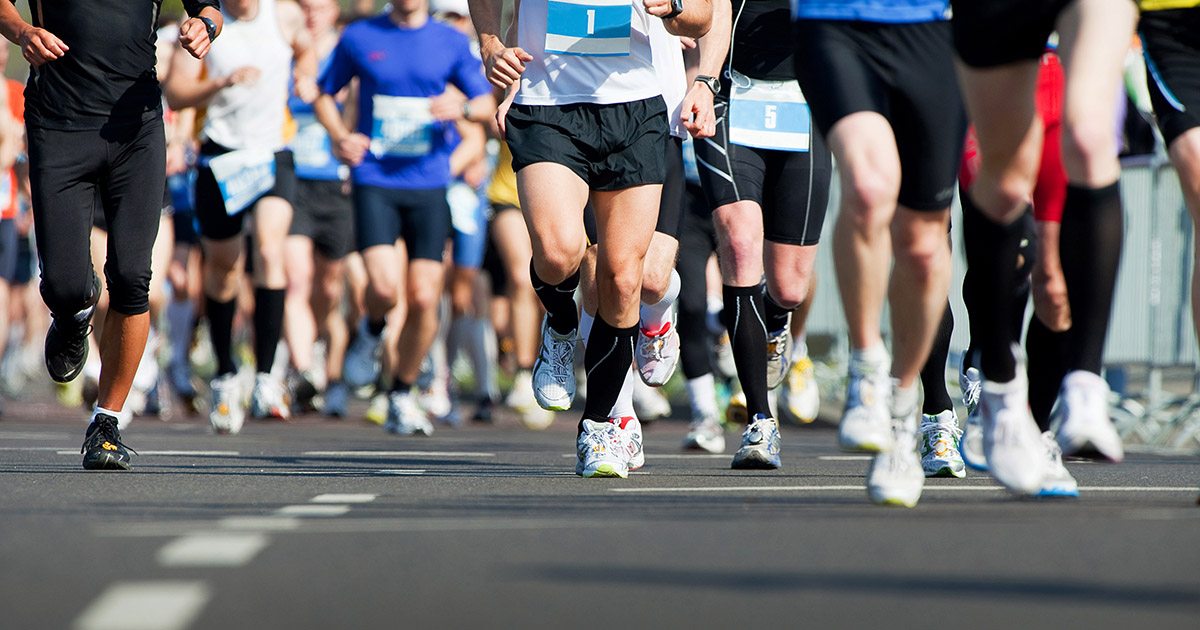
The “All or Nothing” mindset is a mentality that involves using absolute terms, such as never or every. This type of faulty thinking can also include an inability to see the alternatives in a situation or solutions to a problem.
For example, if you set a lofty goal like “I’m going to work out 5x a week” and fail to meet your goal, you would retreat into the mindset, “well, I can’t reach my goal so I’m not working out at all.” The mindset is defeatist and tries to protect you from failure, when it really leads to failure.
Try your best every day. If you don’t meet your goal, don’t view it as a failure, view it as an opportunity to improve.
5. Eat More Protein, Fat, & Whole Plant Foods.

A great tip to kick start weight loss before summer is by increasing your protein intake, fat intake, and consumption of leafy green vegetables and decreasing your consumption of sugars and starches. You should be doing the following:
- Eating meals that consist of a protein source, fat source, low-carb vegetable source
- Carb intake falls into 20-50 gram range per day
Cut Down Sugar and Processed Carbohydrates
Cutting down your sugar intake is the fastest way to kick start weight loss. When your body can no longer use sugar (glucose stores) to create energy, it will start using fat stores for energy. There are many benefits to this including:
- Less sugar cravings
- More sustainable energy throughout the day
- Better sleep
- More acute taste buds
- Fat loss
- Body weight loss
- Lowers insulin levels, causing your kidneys to shed excess sodium and water out of your body
Make a Fast and Easy Meal in a Bowl!
A great way to get all your nutrients in a delicious and easy to pack way, is a bowl. There are bowls suited to every meal time that you can try. To make a bowl all you need is the following steps:
- Choose Your Base: A few good bases include rice, noodles, couscous, or quinoa.
- Find Some Protein: Whether you want a plant-based protein like beans and baked tofu, or a meaty topping like grilled chicken or salmon, pick a protein that increases satiety.
- Add Some Colour: Add an array of colourful veggies. Throw in dark greens, bright sweet potatoes, deeply red beets, or vibrant yellow corn. The more colourful, the better.
- Spice it Up: Choose the appropriate seasoning, spice, or sprinkle on top, to complete the taste of the bowl. You won’t want to try the bowl again if it’s not delicious.
Breakfast: Oatmeal & Superfood Breakfast Bowl

Photo credit: The Wooden Skillet[/caption]
Lunch: Baked Dill Falafel Nourish Bowl

Dinner: Roasted Chicken, Butternut Squash and Guacamole Rice Bowls
 Photo Credit: Foodie Crush[/caption]
Photo Credit: Foodie Crush[/caption]
6. Drink Lots of Water.

Water should be your main drink of choice. You can include tea and black coffee, but try to cut out all other beverages in the meantime. Yes, this includes sugary alcoholic beverages. If you are looking to unwind at dinner with an alcoholic drink, a low-sugar, dry red wine is among the healthiest options. Cut out all pop/soda drinks. Even sugar-free sodas can leave you bloated and be a barrier in pursuits to losing weight.
7. Swap Cardio for Strength Training.
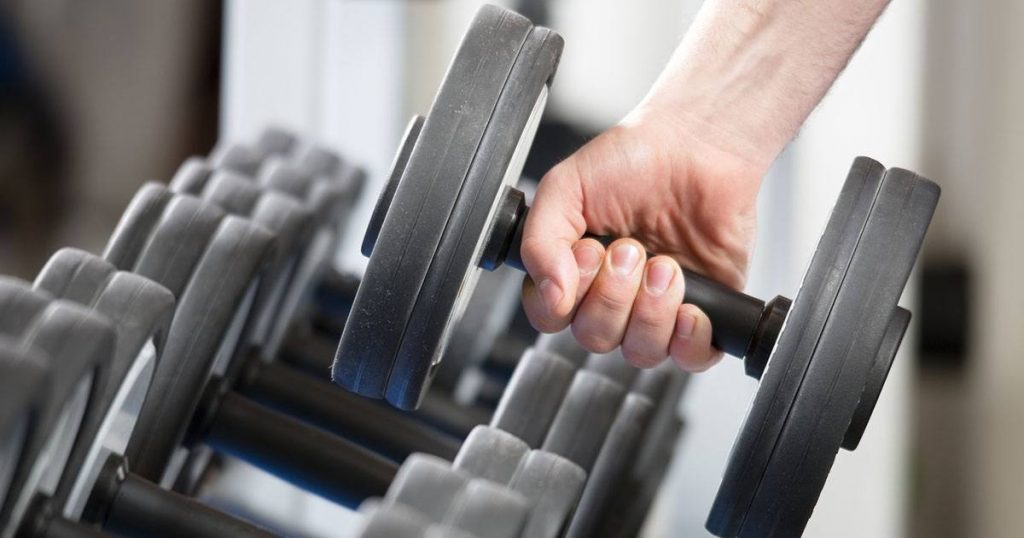
Cardio training will generally help you lose weight, however, this weight loss is typically a combination of fat and muscle. When you are performing resistance training (weight training or body weight training), while following a calorie-restricted diet, you stand a better chance of losing strictly body fat. If losing fat is your goal, lifting weights can only help you, so make it a priority.
Book a Personal Training Session.
Strength training and getting back into the groove of working out can be intimidating. Book a consultation with a personal trainer who can help you set goals, take body measurements, and show you the right way to perform workouts. If you have any painful condition, talk to your doctor about the best exercise options.
Working Out With Joint Pain.
Joint pain sufferers benefit from low-impact aerobic activity such as swimming or walking. If you suffer from Arthritis or other joint pain, talk to your doctor about the best low-impact exercise option. Avoid heavy impact workouts like long-distance running, or heavy weight lifting.
8. Stay Positive and Take it One Day at a Time.

Weight loss can be a difficult thing to accomplish. Maintain a positive mindset and recognize that you’re not only doing this to lose weight, you’re doing this to improve your lifestyle, improve your life span, improve your quality of life, reduce pain from inflammation, reduce your chance of developing a chronic disease, and be present for your family and friends.
Consistently commend yourself for deciding to make positive changes in your health. If you feel discouraged by how far you want to go, know that this large change happens in the decisions you make every day and it is possible!
More Information on Healthy Eating!
- 6 Foods That Target Inflammation
- The 5 Best Diets for Pain Relief
- What is the Mediterranean Diet and Can it Help with Chronic Pain?
- How to Work Out With Chronic Pain and Prevent Injury
- 4 Foods That Make Chronic Pain Worse
- How Chronic Pain Sufferers Can Get Back Their Energy
- 6 Things to Do After a Workout


